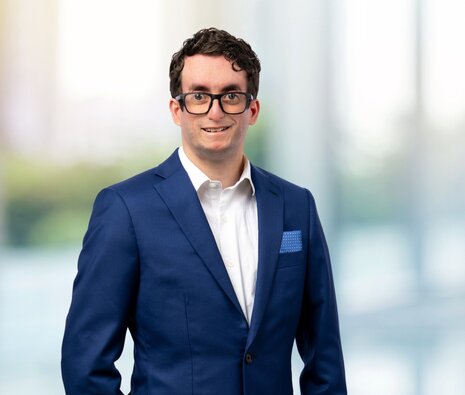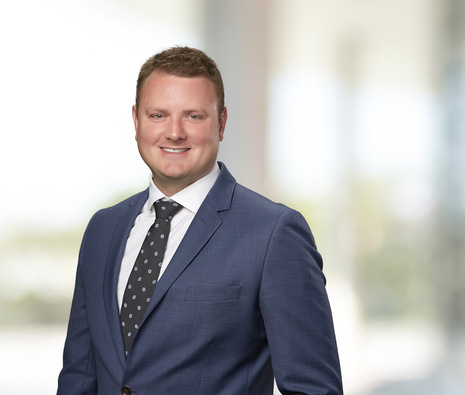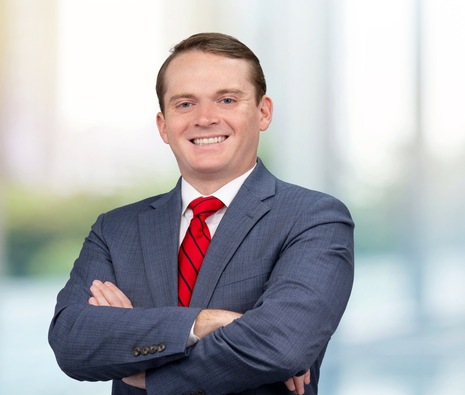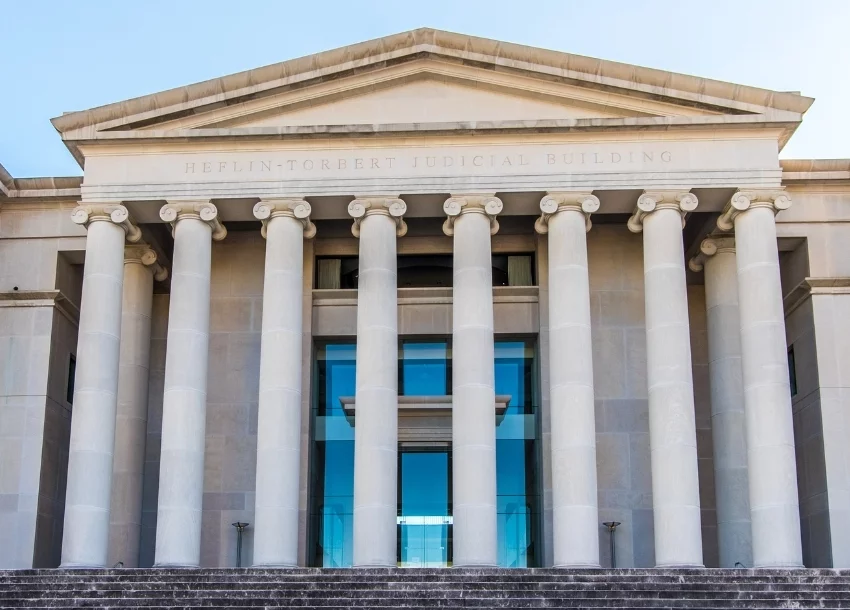USPTO – Recent Trends - Subject Matter Eligibility Under 35 U.S.C. §101
On November 5, 2025, the USPTO hosted an informative “USPTO Hour” in which panelists discussed updates to Subject Matter Eligibility under 35 U.S.C. § 101 (“Section 101”). Speakers, including Charles Kim (Deputy Commissioner for Patents), Judge Michael Kim (Vice Chief Administrative Patent Judge, Patent Trial and Appeal Board), and Carolyn Kosowski (Senior Legal Advisor, Office of Patent Legal Administration), provided insights relating to the August 4, 2025, Memo (August 2025 Memo) to Examiners regarding Patentable Subject Matter and a newly designated precedential decision, Ex Parte Desjardins.
Why this matters:
Subject matter eligibility under Section 101 is one fraught with uncertainty, and recent guidance has set out to clarify and provide a pathway for inventors to capture novel inventions.
August 2025 Memo to Examiners:
The August 2025 Memo was a reminder of the current law of how to apply 35 U.S.C. §101 to computer-related software, particularly relating to AI. The Memo focused on Step 2A of the USPTO’s subject matter eligibility analysis, and was primarily addressed to examiners in Technology Centers 2100, 2600, and 3600, but was sent to all patent examiners.
- Guidance around Step 2A, Prong One: determining whether the claimed invention falls into a judicial exception such as an abstract idea, the August 2025 Memo reminded examiners not to expand the grouping of judicial exceptions in a manner that encompasses claim limitations that cannot practically be performed in the human mind. Further, the August 2025 Memo indicated that claim limitations that encompass AI in a way that cannot be practically performed in the human mind do not fall into the mental process grouping. This practicality element is one that we anticipate will help aid and reinforce clients as they move forward innovating in the AI space. Lastly, the Memo highlighted that the claims must recite a judicial exception and not merely involve or be based on an exception, as claims that merely involve or are based on a judicial exception are eligible patentable subject matter. The Speakers indicated that the breadth of a claim does not determine eligibility, indicating that a broad claim may be eligible, while a narrow claim may be ineligible, or vice versa. The Speakers highlighted the importance of using 35 U.S.C. §§ 102, 103, and 112 in determining patentability instead of using 35 U.S.C. § 101. While a welcome relief to practitioners, implementation will give us further insight, we look forward to analyzing the statistics further in light of the new director and emphasis on further training and guidance in subject matter eligibility.
- Referring to Step 2A, Prong Two: determining whether the claimed invention is directed to a practical application, the Speakers provided a reminder that claims are to be considered as a whole and that additional elements are not evaluated in a vacuum. The claims must also reflect the disclosed improvement but do not have to explicitly state the improvement. Finally, the Memo included the standard required to issue a rejection under 35 U.S.C. § 101, stating that there must be a preponderance of evidence of unpatentability. The Speakers highlighted that examiners should not issue rejections under 35 U.S.C. § 101 merely for being uncertain about the eligibility of the claims, and that in a circumstance where claims are a close call or otherwise a borderline case, the tie should fall in favor of the applicant.
New Precedential Decision (Ex Parte Desjardins)
The Speakers reviewed Ex Parte Desjardins, which was designated as precedential on November 4, 2025. The Appeals Review Panel (“ARP”), made up of Director John Squires, Acting Commissioner of Patents Valencia Martin Wallace, and Judge Michael Kim, reviewed sua sponte a determination by the original PTAB Appeals Panel to enter a new ground of rejection under Section 101. In the now-precedential decision, the ARP vacated the rejection. The claimed invention of Ex Parte Desjardins focused on a method of training machine learning models on multiple tasks without losing knowledge of a previous task when a new task is learned, a phenomenon known as “catastrophic forgetting.”
In the decision to vacate the rejection, the ARP recited that the specification had identified improvements in training the machine learning model itself and that the claims also reflected the stated improvement. The decision also reinforced that software can make non-abstract improvements to computer technology, just as hardware improvements can, referencing Enfish LLC v. Microsoft Corp., 822 F.3d 1327 (Fed. Cir. 2016).
Notably, the Ex Parte Desjardins decision vacated the rejections under Section 101, but did not vacate the rejections under 35 U.S.C. § 103. Highlighting by the ARP that the case “demonstrates that 102, 103, and 112 are the traditional and appropriate tools to limit patent protection to its proper scope.”
Actionable Insights
Both the August 2025 Memo and the precedential designation of Ex Parte Desjardins highlight the USPTO’s continued efforts to provide additional clarity on subject matter eligibility, particularly in relation to AI inventions. The Speakers indicated that new training materials based on the August 2025 Memo and Ex Parte Desjardins are currently being prepared and will be made available to the public upon issuance. The new training materials, in addition to the reminders, may benefit applicants with prudent counsel informed on recent trends. For example, arguments with respect to the preponderance of evidence standard, that highlight the AI subject matter eligibility examples set forth in prior guidance, that argue against the ability for claim elements to be practically performed in the human mind, and that highlight similarities to newly precedential Ex Parte Desjardins may appropriately receive improved treatment during Examination. The comments by the ARP with respect to the vacated rejections in Ex Parte Desjardins also indicate a potential shift in focus by the USPTO from 35 U.S.C. §101 to 35 U.S.C. §§ 102, 103, and 112, which may result in more rejections under those sections to lessen the number of rejections issued under §101. Whether those impacts manifest in meaningful changes to examination statistics at the USPTO will be seen in the coming months and year.
Maynard Nexsen has a team of IP practitioners that are dedicated to working through the ever-changing subject matter eligibility landscape and those that are pushing the boundaries with new AI innovations and improvements. We urge you to reach out to our team should you have any questions on the current state of subject matter eligibility.
About Maynard Nexsen
Maynard Nexsen is a full-service law firm of 600+ attorneys in 31 locations from coast to coast across the United States. Maynard Nexsen formed in 2023 when two successful, client-centered firms combined to form a powerful national team. Maynard Nexsen’s list of clients spans a wide range of industry sectors and includes both public and private companies.










